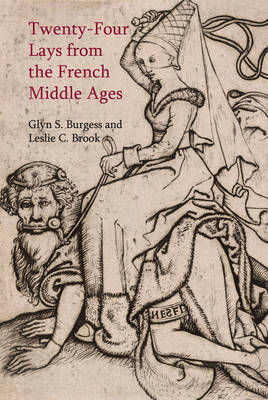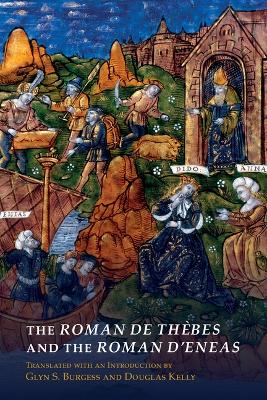Exeter Studies in Medieval Europe
2 total works
Twenty-Four Lays from the French Middle Ages
by Glyn S. Burgess and Leslie C. Brook
The Roman de Thebes and The Roman d'Eneas
by Glyn S. Burgess and Douglas Kelly
The two romances translated in this volume, the Roman de Thebes and the Roman d'Eneas, form, along with the Roman de Troie by Benoit de Sainte-Maure, a group of texts that are of considerable importance within French and European literature and culture. Composed between c. 1150 and c. 1165, these romances create a bridge between classical tales (the Thebes is based on the Thebaid of Statius, the Eneas on the Aeneid of Virgil) and the burgeoning vernacular romances, represented especially by Chretien de Troyes. As a group, these three works are frequently known as the romances of antiquity (romans d'antiquite) and they introduce into French literature the dominant contemporary themes of chivalry and love. They are set against a feudal and courtly background in which themes such as war, prowess inheritance and the possession of land are crucial. As they adapt their Latin sources, these romances, especially the Eneas, exploit the works of Ovid, especially in the presentation of the theme of love, and they also make use of the principles of rhetorical composition as studied in the schools (both romances contain remarkable examples of descriptions of both people and objects).
This is the first volume to contain two complete translations of the three romances of antiquity. The translation of the Roman d'Eneas is the first English translation of this text since that of John A. Yunck in 1974.

